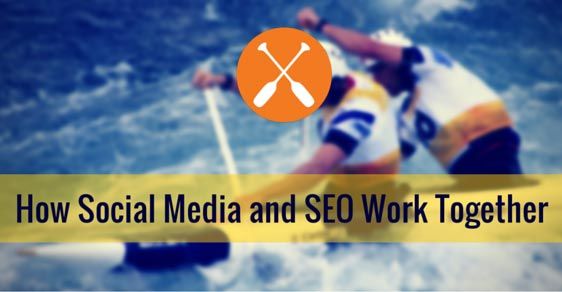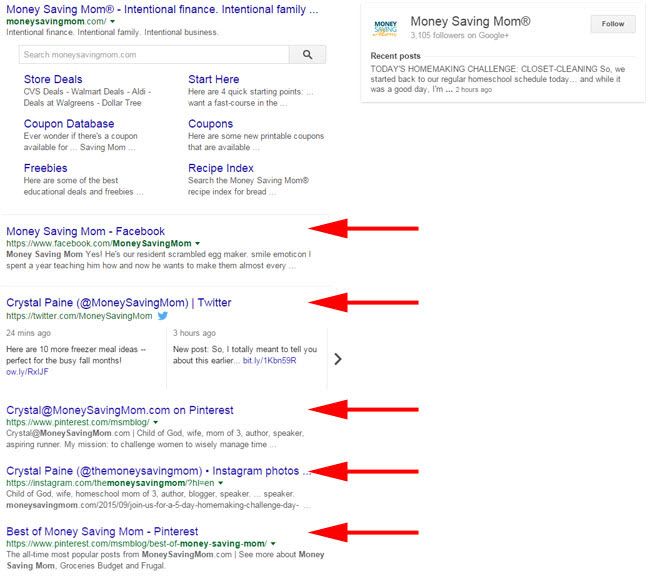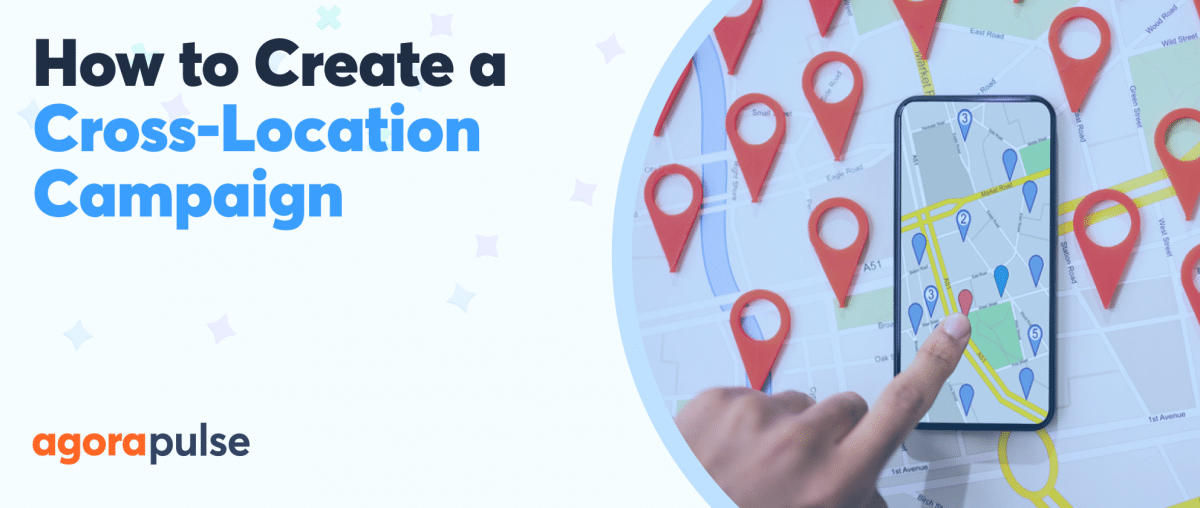The following is a guest post by Gary Dek.
Creating and implementing an engaging social media strategy can be a challenge. Yet bloggers and companies of all levels can’t afford to forgo the potential subscribers, leads, conversions and ultimately revenue stemming from social marketing.
Unfortunately, many bloggers still believe that social media and SEO are separate tactics with little overlapping benefits due to the fact that social links are “nofollow” and not ranking signals. However, this view is short-sighted and ignores the indirect benefits a complementary social media strategy can have on SEO.
Here are three ways social media and SEO work together to grow your reach and search engine rankings.
1. Link Building Potential
The most natural way to earn editorial links is when a blogger or writer publishes content and links to your content to support their claim or conclusion. This usually happens as a result of the blogger starting a Google search, finding your post within the top 10 or 20 results, scanning your article for relevant, supporting data, and then linking to it.
The problem with this situation is that content that already ranks well continues to earn more natural links, thereby furthering the gap and making it difficult for newcomers to achieve top rankings.
This is where social media can level the playing field and more quickly increase your brand’s exposure and reach. Say you’ve developed an exceptional piece of content and shared it with your followers. Say a few of those tweets, shares, or likes end up in front of a few influencers or other bloggers, and they decide your post offers valuable insights and is worth reporting on their website.
The beautiful thing about this process is that it can have an avalanche effect. Sometimes all it takes is for one authority site or blogger to link to you and then dozens of other blogs take notice as well.
But none of this would have happened without that original tweet, and while the link from Twitter didn’t directly contribute to your overall link profile, it was the reason for the other links.
2. Social Media Is Now, SEO Is Long Term
A lot has changed in the digital marketing world in the last couple years. As a blogger who teaches others how to start a blog and make money online, I can tell you firsthand that ranking any new website in a legitimate niche is more challenging than ever.
One of the biggest changes I’ve noticed is that Google’s algorithm seems to have a delayed reaction to new links that are crawled and indexed. What I mean by this is that before Google cracked down on spammy results with its Penguin algorithm, most webmasters could start a new website and achieve top search engine rankings within a month. Today, it is highly unlikely that a newly registered domain with no backlinks at registration will rank for competitive terms in a very short period of time.
This poses a problem for some bloggers because you’re investing time, capital, and resources into an SEO strategy that won’t pay off for months. Plus, the little organic traffic you do have trickling in is delaying any optimization, A/B testing or monetization strategies you could be executing early on.
This is where social sharing and traffic can be useful. While your SEO and content marketing are gradually building your blog’s authority, your social media strategy can provide immediate traffic and growth. By effectively managing your social media accounts, engaging in conversations with loyal followers, improving your social engagement stats, timing your updates, and sharing great blog posts, you can quickly grow your followers for any platform.
After all, getting an influencer in your niche to retweet or share your content is easier than requesting a link, and ultimately, is the first step in developing the relationship with them to request the link or guest post opportunity.
This latter benefit could be a section of its own, but I’ll assume you understand that social media facilitates the relationship-building process for outreach marketing and link building.
3. Control Multiple Search Positions
If your blog or company has built strong brand signals, Google will also rank your social media profiles just after your website. This can help you better control the content potential visitors see.
For example, MoneySavingMom.com is a coupon site that does an exceptional job of controlling the SERP real estate. As illustrated below, the website’s digital assets cover the entire first page. This prevents review sites and blogs referencing MSM from stealing organic traffic, ensuring all relevant traffic is absorbed by a page curated by the company.
Final Word
Given increase competition online and the plethora of digital tools available, bloggers and brands must leverage every asset, tactic, and strategy to develop a complete marketing strategy. Leaving any one aspect of their strategy underdeveloped could mean increased dependence on one source of traffic and the possibility of leaving thousands, if not millions, of dollars in under-monetization.
Gary Dek is the chief blogger at StartABlog123.com, a resource focused on helping new bloggers start, build and grow sustainable online businesses. Follow him on Twitter: @startablog123.





